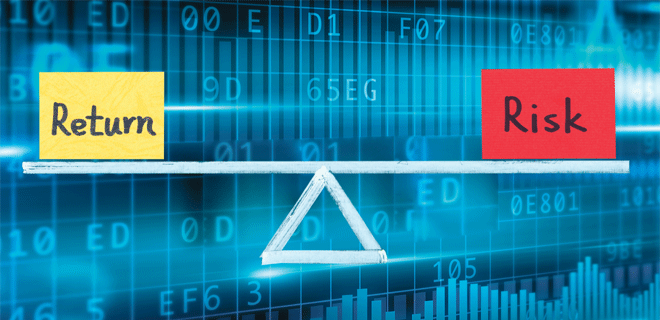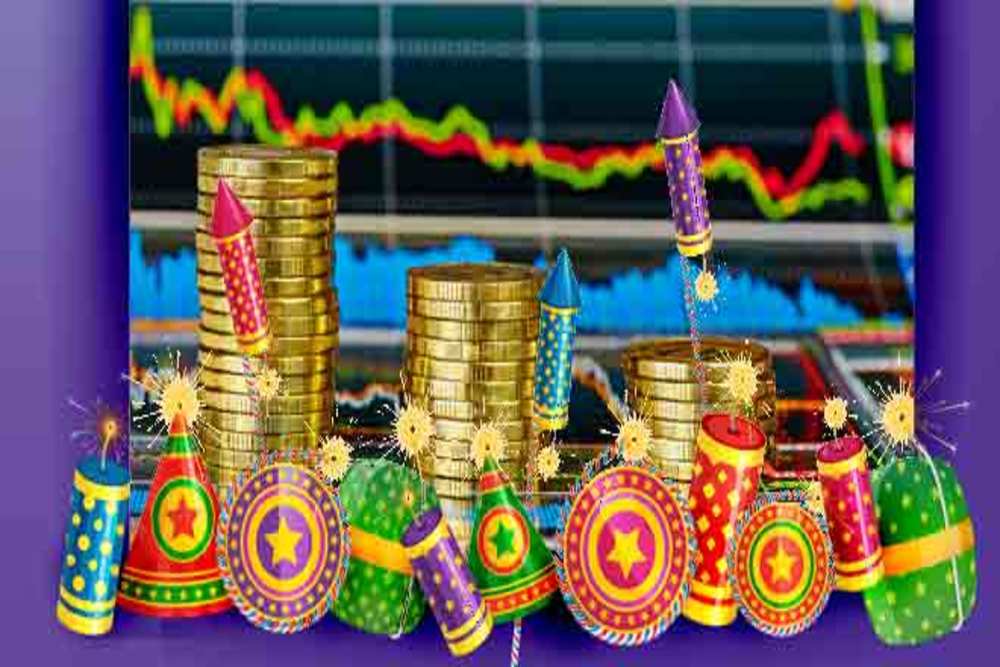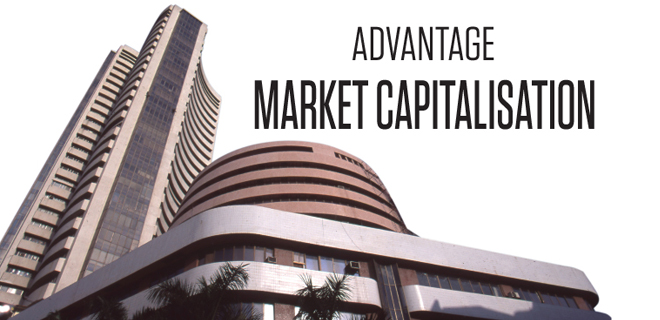Investment Risks
When we hear high returns, our mind tends to ignore all other facts; because all of us want money at a fast pace

A viewer on a TV show asked me: “I want to take high risk; can you please recommend an instrument?” My counter question to him was: “why do you want to take high risk?” To which he quickly replied, “because it is said that high risk means high return.”
Think about it, should it be “high risk, high return” or “high return, high risk”? Think deeper; is there a difference between the two?
When we say “high risk, high return” we are telling our mind if we take high risk, we will get higher returns. The mind tends to give more importance to the latter part of the quote. But we all know the fact—it is always “high return, high risk.” All those investments which generate higher returns are subject to higher risk. Why would anyone give us higher returns if there is no risk or less risk involved? The definition of risk is a probability of losing money.
In all high return yielding investments there is higher probability of losing money. When we hear high returns, our mind tends to ignore all other facts. This is because all of us want lots of money at a fast pace. Ask a youngster who is speeding on a motor cycle. He is aware of the risk but the thrill of fast pace shadows the risk associated with speed. Speed thrills but kills is applicable to investments also.
Starting today, for about eight-ten weeks we will discuss various kinds of risks associated with our investments. There is no investment in the world which is risk free. The day we part with our money we have taken a risk. This does not mean we should not invest. In fact, not investing is a risk in itself. What I am trying to do through this small series is draw the attention of readers to understand various types of risk, associate them with respective investments and then make an informed investment.
Risk can be transparent or non-transparent. For example, when we invest in equity shares either directly or through mutual funds, risk is transparent. Let us assume we bought shares of ABC Ltd at Rs 575 per share. After we have bought the shares, next day its price falls down to Rs 545. Authentic information about rise or fall in prices of shares is easily available. There is complete transparency in the price movement of direct equity shares. Similar is the case with units of mutual funds—this is represented in the form of NAV. The same holds true for investment in gold also. We can view the price movement and know about our notional profit or loss. Hence feeling the pain of notional loss, we find investment in direct equity, mutual funds or gold risky.
When we invest in fixed deposits or bonds there is no authentic information available about notional loss suffered due to inflation. There is no transparency. Such is the case with real estate—no authentic number available to gauge the loss, if any. Since there is no transparency, we do not feel the pain or loss and hence find these investments risk free.
Remember risk and returns are two sides of the same coin. Both always co-exist.









